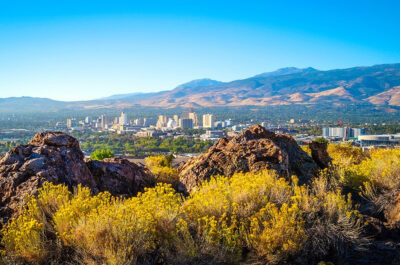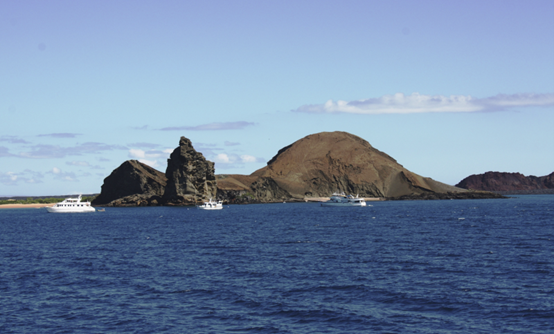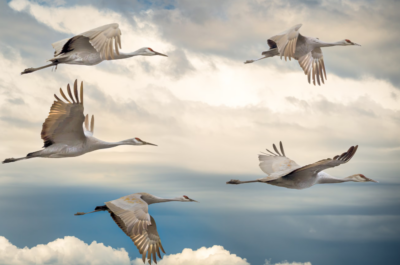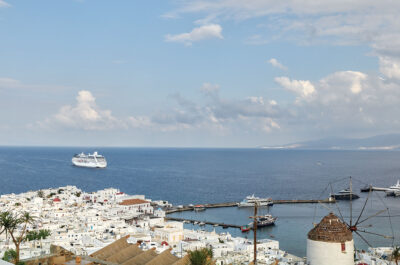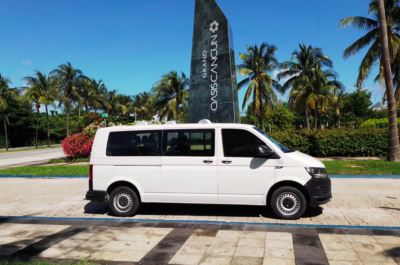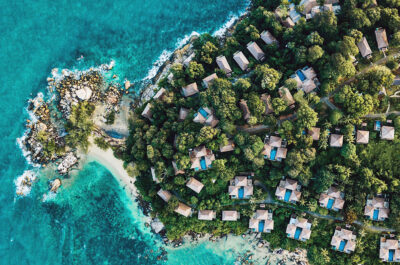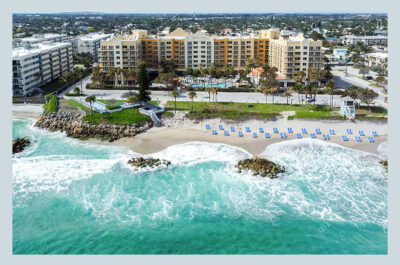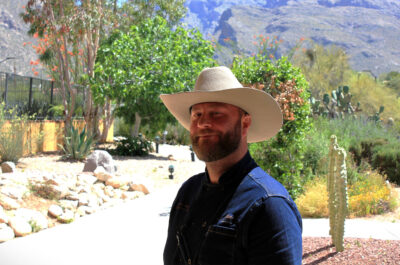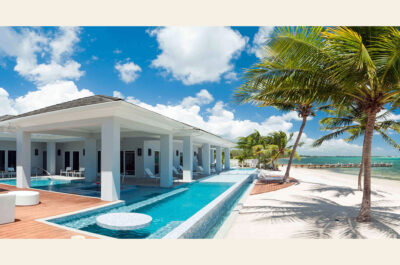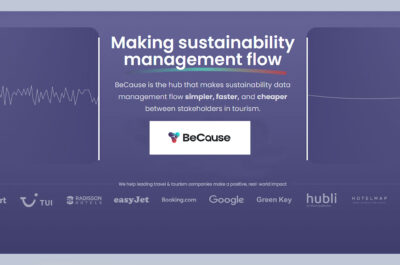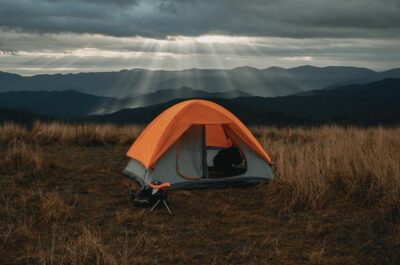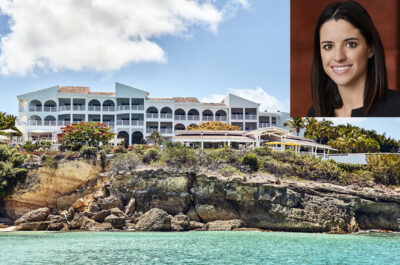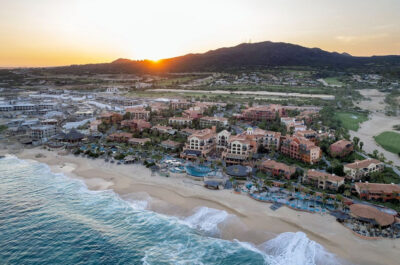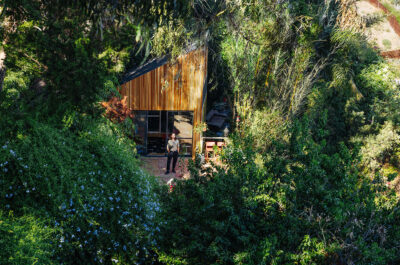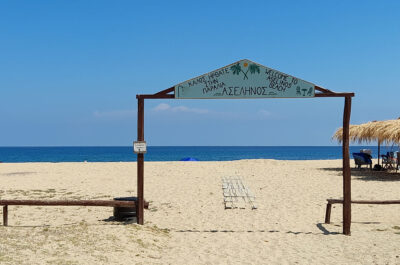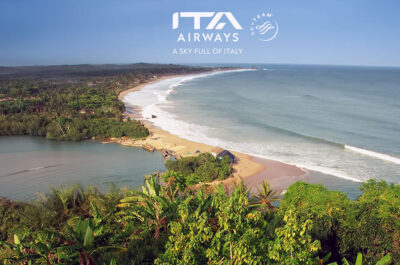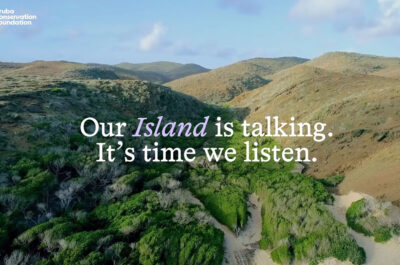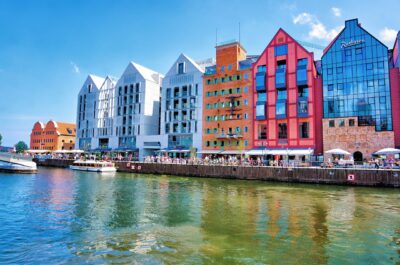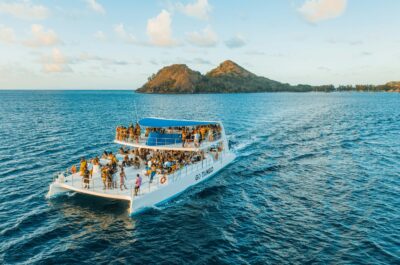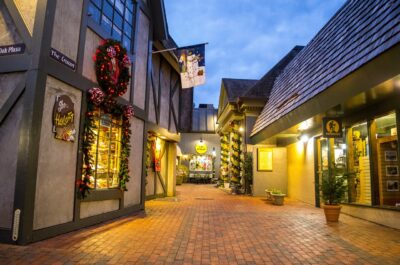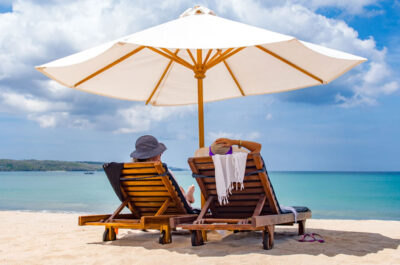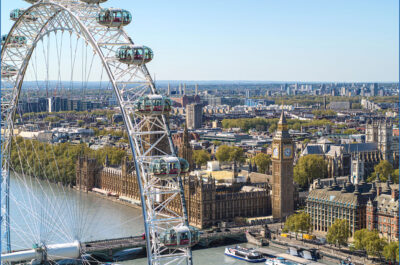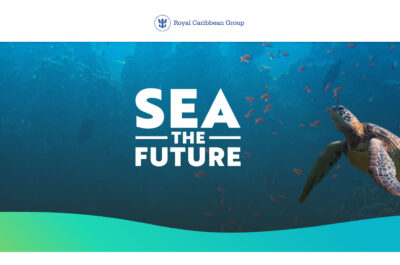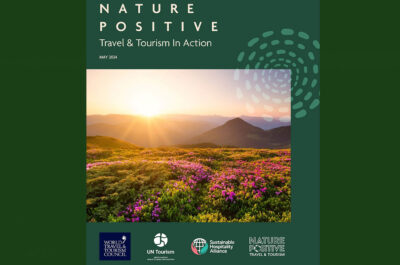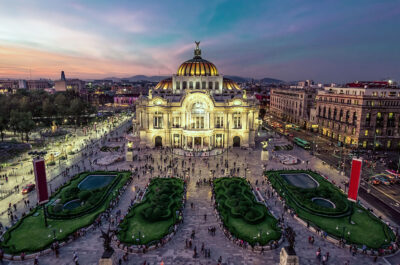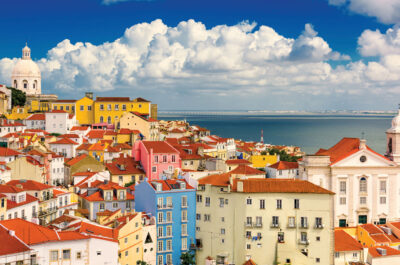Visiting Ecuador and the Galapagos Islands is truly the opportunity of a lifetime
The Galapagos Islands are one of the most fascinating places on Earth. Located nearly 600 miles off the coast of Ecuador in the Pacific Ocean, these 19 islands are home to an abundance of wildlife found nowhere else on the planet. With their dramatic volcanic scenery, unique wildlife encounters, and opportunities to channel your inner Charles Darwin, Galapagos tours allow you to experience this remarkable, bucket-list destination.
The origins of the Galapagos
The Galapagos Islands were formed by volcanic activity deep beneath the sea floor. The oldest island, Española, is estimated to be around 3.5 million, while Isabela, the largest island, is less than 1 million. There are 13 major islands, as well as dozens of smaller islets sprinkled throughout the archipelago, all situated on the equator.
This remote location played a pivotal role in the islands’ biodiversity. Wildlife arrived on the Galapagos by air and sea, eventually evolving in isolation. As a result, a high percentage of the species are endemic, meaning they exist nowhere else on Earth.
In 1835, a young Charles Darwin arrived aboard The Beagle and made observations that later inspired his theory of natural selection. Today, the Galapagos remains one of the most pristine spots to observe the evolution of species and serves as an open-air laboratory for scientists.
Exceptional wildlife viewing
A Galapagos cruise allows you to see an incredible diversity of wildlife up close, much of which is remarkably approachable. Some even call the Galapagos one big zoo without cages!
Land and marine iguanas lounge on rocky shores while brightly coloured Sally Lightfoot crabs scuttle in the lava. Giant tortoises munch on vegetation in the highlands, while birds like blue-footed boobies show off their bright blue feet during mating rituals. Pods of dolphins may swim alongside your boat while sea lions playfully drift by.
The variety of wildlife seems endless. From the endemic Galapagos penguin to the massive whale sharks that visit from time to time, there are fascinating creatures around every corner. Beyond the icons, there are over 2,900 species of insects and 180 species of spiders to spot! With knowledgeable naturalist guides at your side, you’ll learn all about Darwin’s “living laboratory” and the animals’ quirky behaviours.
Exploring the islands
Spread out over around 25,000 square miles, the Galapagos encompasses diverse landscapes and ecosystems. The islands lie on the equator yet have a surprisingly mild climate of around 70-80 F year-round. There are two seasons – a warmer wet season from January through May and a cooler dry season from June through December.
Depending on your Galapagos tour, you’ll likely visit the inhabited islands of San Cristobal and Santa Cruz, as well as remote uninhabited islands reached only by boat. Below are some of the top places for wildlife viewing:
- Española Island – Watch waved albatross and their chicks at Punta Suarez, plus admire the brilliant red and green marine iguanas. This is the southernmost island reachable on most itineraries.
- Floreana Island – Known for its nesting green sea turtles and flamingos at Punta Cormorant’s lagoons. This is where Darwin first went ashore in 1835.
- Genovesa Island – Spot red-footed boobies and frigatebirds on this outlying island, home to the world’s largest colony of great frigatebirds.
- Isabela Island – The largest archipelago has diverse landscapes, from wetlands to lava fields. View giant tortoises and penguins plus fascinating geology like Sierra Negra volcano.
- Santa Fe Island – An idyllic island to find sea lions playing in turquoise waters and land iguanas traipsing over the pale sand beaches.
- Santa Cruz Island – Visit the highlands to see giant tortoises in their natural habitat. This is also where you can see Darwin’s famous finches that helped inspire his theory on evolution.
With over 2,900 species of insects and 180 species of spiders to spot! With knowledgeable naturalist guides at your side, you’ll learn all about Darwin’s “living laboratory” and the animals’ quirky behaviours.
When to visit the Galapagos
The Galapagos Islands enjoy pleasant weather year-round, though some months are better for wildlife viewing. December to May is generally the warmest time of year, with more rain from January through March. June through November is the garúa or dry season. The cooler Humboldt ocean currents bring in garúa mist, and the seas are calmer, making for great snorkelling.
The peak season for seeing wildlife is during the breeding season. From April to May, you can see nesting Nazca boobies, blue-footed boobies, and frigatebirds showing off their scarlet pouches. June to December is the nesting season for giant tortoises, land iguanas, and waved albatrosses. You’ll also see adorable seal pups and baby sea turtles during this time.
The coldest month is September, though temperatures are pretty mild. Some species, like penguins and flightless cormorants, thrive in the cooler weather. You may also catch whales migrating through the islands from September through November. Remember that the early part of the year tends to be crowded with South American and Easter holiday travellers.
Booking your Galapagos adventure
To visit the Galapagos Islands, book with an authorized tour operator and travel with naturalist guides. Tour options range from 3 to 8+ nights aboard cruise ships or staying at island hotels. Most people visit on 4-5 night cruises, which allow you to explore the outer islands while basing on larger islands with services.
When choosing a Galapagos cruise, consider the boat size (16 to 100+ passengers), the islands and activities offered, the guide-to-guest ratio, and amenities. Ships use various classifications, from First Class to Luxury. All-inclusive chartered yachts provide the ultimate in seclusion and pampering. Most tours start on either the Santa Cruz or San Cristobal Islands.
On a typical day, you’ll take exploratory walks on two islands, snorkel with sea lions, and relax on deck watching for migratory whales. Boats usually have kayaks or glass-bottomed boats for other activities. Comfortable accommodations, all meals, and transfers are included. Tours can be booked as early as one year in advance.
Visiting Ecuador and the Galapagos Islands is truly the opportunity of a lifetime. These secluded islands remain nearly as pristine as when Charles Darwin first landed here, full of wildlife found nowhere else. A cruise through this natural living laboratory will bring you up close with sea lions, giant tortoises, colourful birds, and more – not to mention spectacular volcanic scenery. Take advantage of exploring the captivating Galapagos!




